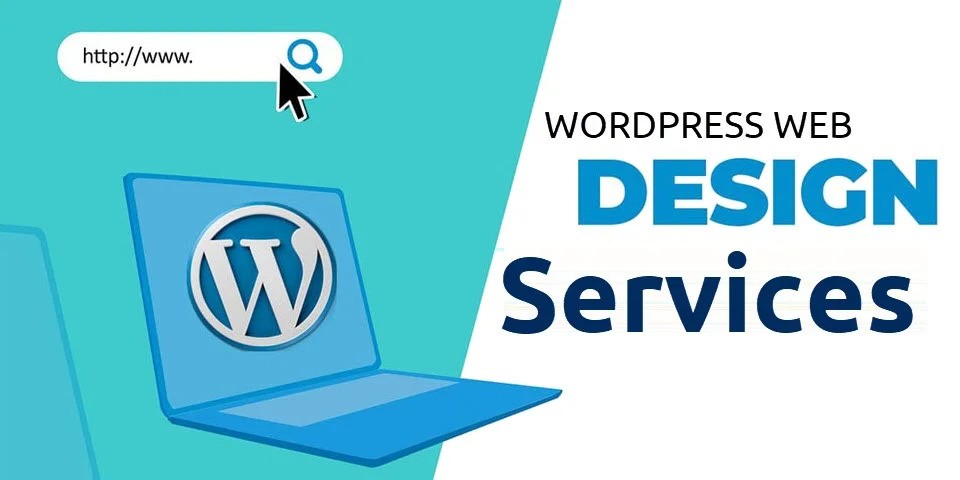WordPress is one of the most popular platforms for building websites, thanks to its flexibility, ease of use, and extensive customization options. If you're new to WordPress Web Design, don't worry! This step-by-step guide will walk you through the process of creating a website from scratch.
Step 1: Choosing a Domain Name and Hosting
Every website needs a domain name (your website's address) and hosting (where your website's files are stored). Here’s how to get started:
- Choose a domain name: Make it relevant, memorable, and easy to spell.
- Select a hosting provider: Companies like Bluehost, SiteGround, or HostGator offer reliable WordPress hosting.
- Register your domain and set up hosting: Follow the steps on your hosting provider’s website to link your domain and hosting together.
Step 2: Install WordPress
Once your domain and hosting are set, it’s time to install WordPress. Most hosting providers offer one-click WordPress installation. Here’s the general process:
- Log into your hosting account.
- Find the WordPress installation option (typically in your cPanel or dashboard).
- Click on Install WordPress, choose your domain, and fill in your site details.
After installation, you’ll receive login details to access your WordPress admin dashboard.
Step 3: Choose a Theme
Themes control the look and feel of your WordPress website. WordPress has thousands of free and paid themes that you can choose from.
- Go to the WordPress dashboard and click on Appearance > Themes.
- Search for a theme that fits your site’s purpose.
- Preview and install the theme you like, then click Activate.
You can customize your theme later to suit your design preferences.
Step 4: Install Essential Plugins
Plugins are like apps for your website that add additional features. Some essential plugins to consider include:
- Yoast SEO – for search engine optimization.
- Wordfence – for website security.
- Elementor – a drag-and-drop page builder for customizing layouts.
- WPForms – to create contact forms.
To install plugins:
- Go to the WordPress dashboard and click on Plugins > Add New.
- Search for a plugin and click Install Now, then activate it.
Step 5: Create Key Pages
Every website needs essential pages like:
- Homepage: The first page visitors see.
- About Page: Information about you or your business.
- Services/Products Page: What you offer.
- Contact Page: How users can reach you.
To create a page:
- Go to Pages > Add New in your WordPress dashboard.
- Enter a title and content, then click Publish.
Step 6: Customize Your Website
Customizing your theme to match your brand is key. Here are the main things you’ll want to tweak:
- Go to Appearance > Customize: This takes you to the Theme Customizer where you can edit colors, fonts, layout, and more.
- Edit menus: Go to Appearance > Menus to set up navigation.
- Widgets: Add functionality like search bars, recent posts, or social media links via Appearance > Widgets.
Step 7: Add Content
Your content is what will attract visitors, so you need to create engaging blog posts, images, and media.
- Create blog posts: Go to Posts > Add New, write your content, and click Publish.
- Add images and videos: Use the media library to upload and manage multimedia files.
- Optimize for SEO: Use the Yoast SEO plugin to ensure your pages and posts are search-engine-friendly.
Step 8: Test Your Website
Before launching, test your website to ensure everything works properly. Check for:
- Broken links.
- Slow loading speeds.
- Mobile responsiveness.
You can use tools like Google’s PageSpeed Insights or GTmetrix to test site performance.
Step 9: Launch Your Website
Once everything is set and you’re satisfied with the design, it’s time to go live! Share your website on social media, connect it with Google Analytics, and start promoting it.
Final Thoughts
Building a WordPress website may seem daunting at first, but with the right steps, you can create a professional site even as a beginner. WordPress offers endless possibilities, so take your time to explore and make your site unique to your brand or business.





Comments